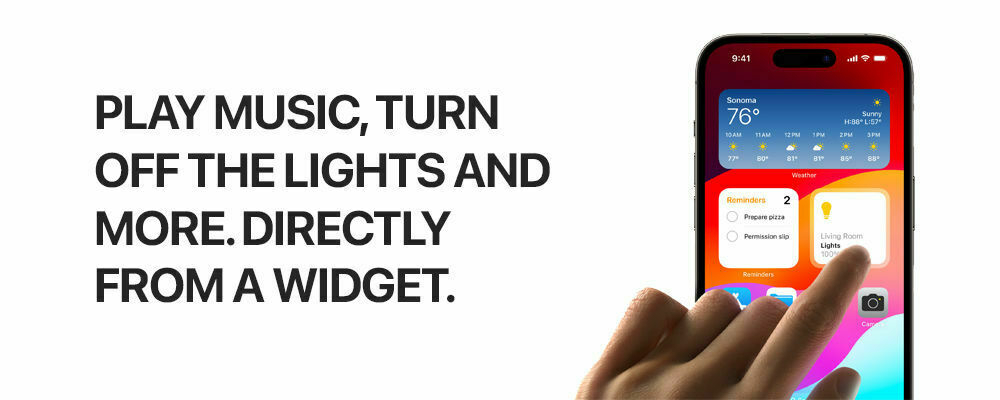In modern times we have grown to rely on them, but starting with the first device to run them we’ve had a strange relationship to apps. No more so in the world of iOS, that for many years clung so rigidly it the ‘tap square, open app’ mentality that every single facet was sandboxed away from the other. A strange way to deal with things given that our whole lives are now on smart devices. Perhaps with iOS17, we are finally seeing what applications should have been from the start.
Here’s the thing. Apple’s approach was the best approach when devices were tiny, underpowered in both processing and battery departments, devices that were more of a novelty. In a world where 6.92 billion people rely on a smartphone, it starts to get a little silly. Why doesn’t my calendar app talk to my to-do app? Why doesn’t my sometimes smart voice assistant add content to my app of choice without vocal gymnastics? It’s time to reconsider what an app is?

The latest iteration of iOS, version 17, scheduled to roll out to users in September, introduces interactive widgets. A large advancement on the idea that apps shouldn’t just exist behind squares on your homescreen. Or app library, or whatever it’s called this update. You should, in fact, be able to interact with the features of an app outside the confines Apple usually places on them – it is almost as if they get it now.
Once I choose to install an app on my device, it should be able to interact with my device in whatever way I see fit. My device shouldn’t be set up to work with some apps better than others, or dictate to me what apps I have to have on my phone. If I ask Siri to remind me of a task, it should put that task in whatever app I want it to. Instead of jumping through all the linguistic hoops I have to currently. Anyone who has asked a simple command like “Remind me to call John tomorrow at 5pm in Todoist” knows that no-one in their right mind pronounces it Tod-oh-ist.
Apple, and any smart device maker for that matter, needs to stop forcing things on me that I don’t want and listen to what I do want. Perhaps I want to use Todoist as my reminders app, Bear as my notes app, and WhatsApp as my text and video call app. iOS should get out of my way and allow me to do so, with the relevant checks for privacy and data access, of course. What’s the point in taking all of these wonderful applications that I can install on my phone and hiding them away behind an icon, an app should be part of my phone and the way I use it.